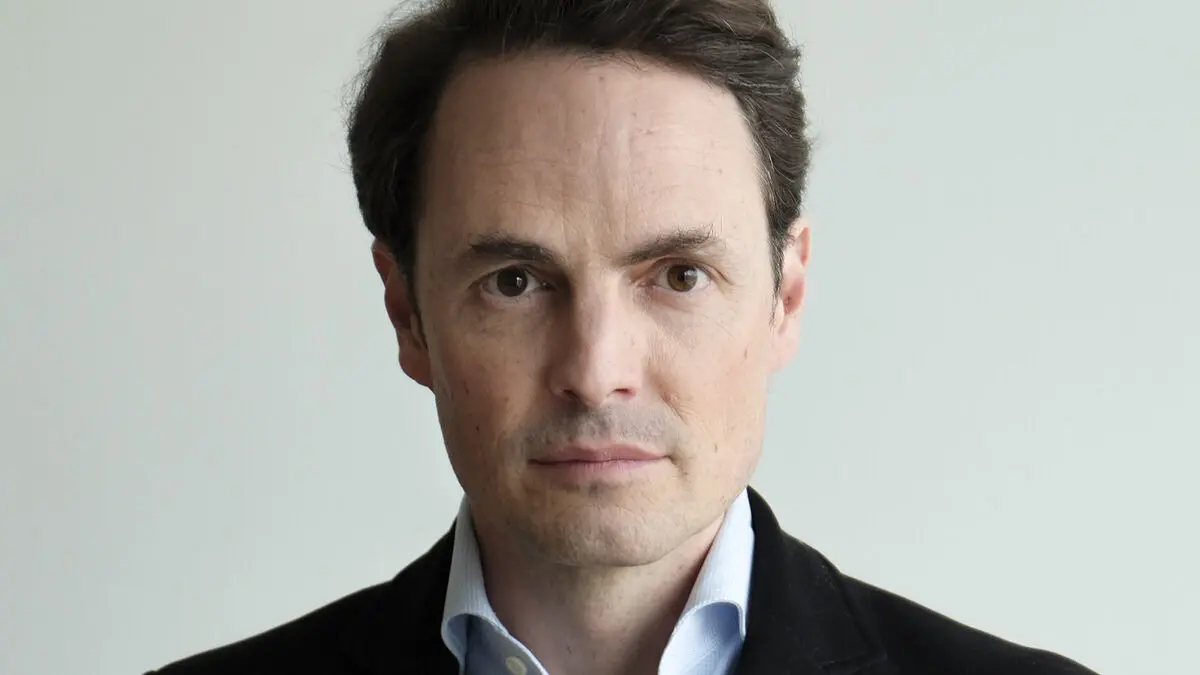The plan reportedly consists of 28 points that Trump envoy Steve Witkoff and Russian envoy Kirill Dmitriev developed at a meeting in Miami in late October. Among other things, it stipulates that Ukraine will give up areas in eastern Donbass that it still controls, that Ukraine will halve its military, and that the United States will withdraw its military support to the country.
These are demands that Ukraine cannot accept, says Fredrik Wesslau, a researcher at the Center for East European Studies and with a background in the EU mission in Ukraine.
Multiple traps
The plan contains parts that largely accept Russia's maximalist demands. For example, the demand that Ukraine withdraw troops from Donbass is a bit of a trap: it would undermine Ukraine's ability to defend itself against a renewed Russian attack in the future.
The second trap from a Ukrainian perspective would be to halve the size of the country's army and agree not to accept weapons from Europe, according to Wesslau.
It is extremely unlikely that Ukraine and the Europeans will accept this.
According to Wesslau, the fact that the United States is once again proposing unrealistic peace plans is due to President Donald Trump's burning desire to succeed in brokering peace in the Ukraine war.
It looks like the US is trying to weaken Zelensky in the belief that Zelensky will accept more compromises – it is important to see this in the background. If the Americans were serious, they would consult with Ukraine and not with Russia at the initial stage.
Making the situation worse
Trump's desire to end the war and normalize relations with Russia leads to mediation attempts that are directly harmful, Wesslau believes.
The problem is that the way he is going is taking us further away from peace – he has shown himself unwilling to put pressure on Russia through sanctions and arms to Ukraine. Moscow sees this and concludes that it is worth continuing the war.
–Trump's approaches are worsening the situation instead of improving it, he says.
When Donald Trump became US president again, he said he could broker peace in Ukraine "in 24 hours."
In February, Ukrainian President Volodymyr Zelensky was accused by Vice President JD Vance and Trump of being ungrateful during a humiliating visit to the White House. U.S. military aid was frozen and the country negotiated new economic terms.
The United States began bilateral talks with Russia. The foreign ministers met in Saudi Arabia and Trump's envoy visited Vladimir Putin several times.
Proposals for an unconditional ceasefire and a compromise peace solution have led nowhere. In parallel, Ukraine's allies have been considering what security guarantees Ukraine would receive in a future agreement.
In August, Donald Trump hosted Putin for a summit in Alaska, but as far as is known, Putin is sticking to his maximalist demands on Ukraine. The summit led nowhere and the war has raged on.
In September, Trump toughened his tone against Russia and warned that with continued support, Ukraine could regain all occupied territory.
In October, Zelenskyy visited Trump again at the White House. The meeting did not give Ukraine the Tomahawk missiles it wanted, but led to new sanctions on Russian energy.





